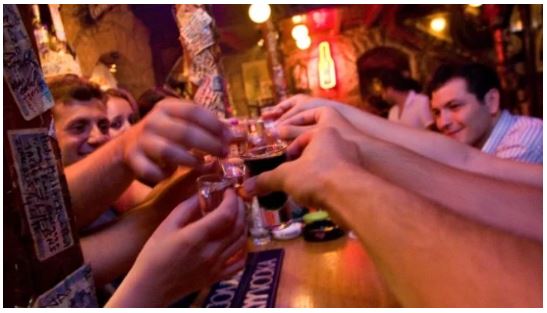An Analysis into Drinking Patterns of University Students (2010)
Drinking patterns of university students is a research area that has been widely investigated. This has been done using different theoretical approaches and different methodological approaches. However, despite this university drinking is becoming more of a significant problem and is one of the causes of negative effects such as hangovers, vomiting, poor academic attendance, regretting sexual encounters, driving under the influence and encountering problems with law enforcers.
It is also a cause of more serious effects such as being more vulnerable to serious attacks such as rape and also has second hand effects on other people despite the fact that they may not be drinking. This investigative study focused upon Banduara’s social learning theory and therefore used alcohol expectancies and self efficacy expectancies as dependent variables.
The Independent variables of this study were age and gender and were used to determine whether or not heavy drinking was specific to one group of individuals or a general pattern against the majority of student drinkers and therefore may aid the development of specific targeting campaigns in universities to reduce alcohol consumption.
The study used 59 participants, 29 females and 30 males. The ages of the participants ranged from 18 to 35 and they were divided into 3 groups. Individual’s ages 18-24 years old were labelled as group 1, individual’s ages 25-29 were labelled as group 2 and individuals ages 30-35 were labelled as group 3. Overall there were 21 participants in group 1, 18 participants in group 2 and 30 participants in group 3. The data for this study was collected using the Drinking expectancy profile and was analyzed using 2 way ANOVA. The results showed that there was significance between age and drinking self refusal efficacy.
- 10,000 words – 36 pages in length
- Excellent use of literature
- Good in depth analysis
- Excellent piece of work
- Includes questionnaire
- Ideal for health studies students
Introduction
Global positive change
Arousal
Sexual enhancement domain
Cognitive / motor function
Social assertion
Tension reduction
Social/physical pleasure
Depression
Performance accomplishments
Vicarious expectancies
Verbal persuasion
Emotional arousal
Method
Ethical considerations
Method of data collection
Analysis
Conclusion and Discussion
References
Appendix

